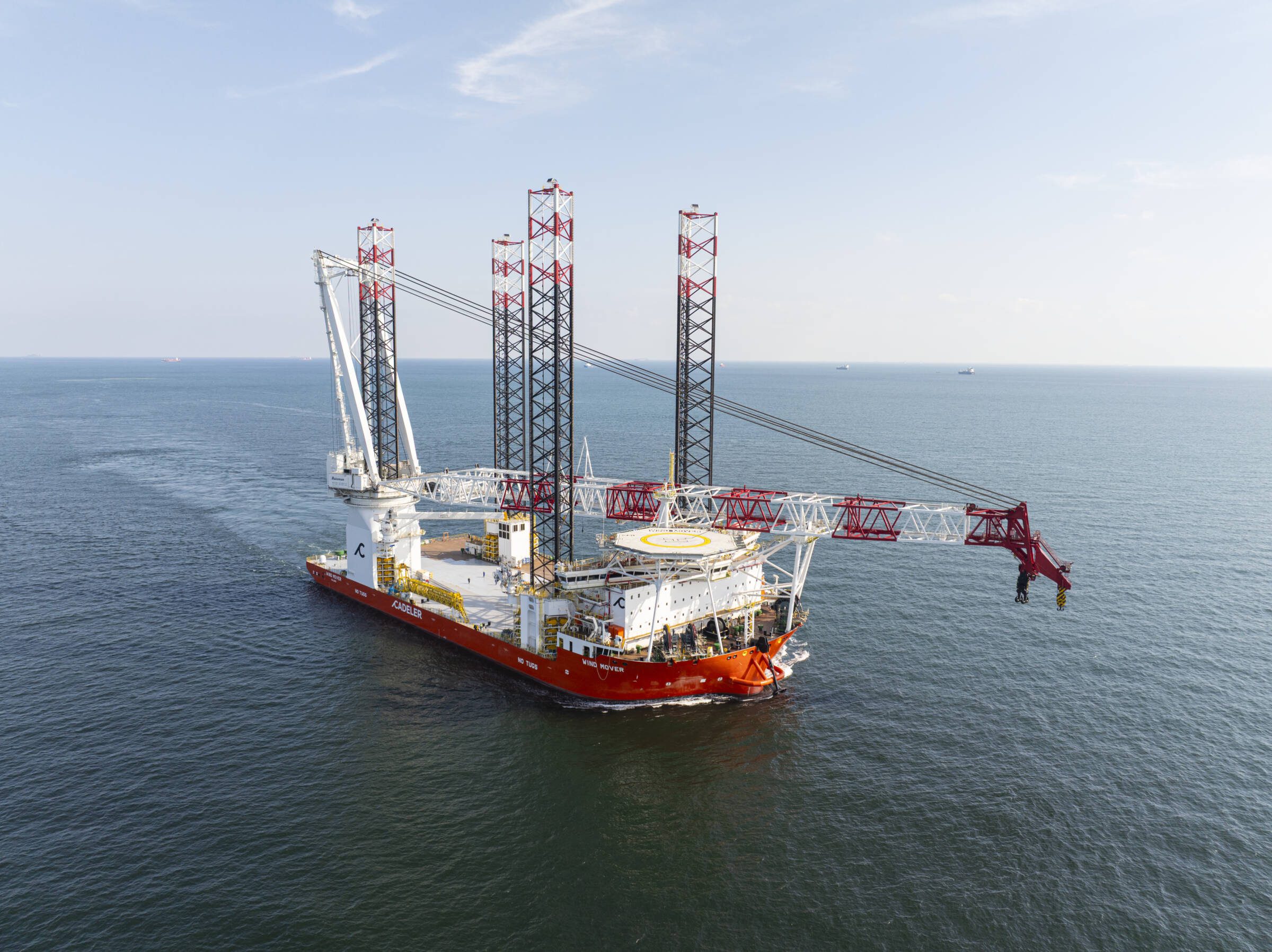The U.S. Department of the Interior’s Bureau of Ocean Energy Management (BOEM) has issued two major decisions advancing offshore wind development along the U.S. East Coast, despite potential headwinds from incoming Trump Administration.
The agency on Tuesday released a Record of Decision outlining environmental measures for six lease areas in the New York Bight region offshore New York and New Jersey. These areas, spanning over 488,000 acres, have the potential to generate up to 7 gigawatts of wind energy – enough to power two million homes.
The decision establishes 58 environmental protection measures across the lease areas, which developers must consider in their Construction and Operations Plans.
“As we always commit to do, as part of our environmental review, BOEM engaged with Tribes, federal and state agencies, local communities, ocean users, and key stakeholders and reflected their feedback in our Record of Decision,” said BOEM Director Elizabeth Klein.
In a parallel development, BOEM approved the Construction and Operations Plan for the Maryland Offshore Wind project, the nation’s tenth commercial-scale offshore wind development. Located approximately 9 nautical miles from Sussex County, Delaware, this project could generate over 2 gigawatts of clean energy for the Delmarva Peninsula.
The Maryland project’s scope includes up to 114 wind turbine generators, four offshore substation platforms, and a meteorological tower. Two phases of the project, MarWin and Momentum Wind, have already secured offshore renewable energy certificates from Maryland.
These latest developments represent a significant advancement towards the Biden-Harris administration’s ambitious goal of deploying 30 gigawatts of offshore wind energy capacity by 2030. Under the current administration, the Department of the Interior has approved more than 15 gigawatts of clean energy from ten offshore wind projects, sufficient to power up to 5.25 million homes.
However, the sector faces potential challenges ahead with the incoming Trump administration strongly opposed to offshore wind development due concerns over costs and environmental impacts. President-elect Donald Trump has even pledged to issue an executive order on his first day in office to “end” the sector, focusing his energy policy instead on approving export permits for new liquefied natural gas (LNG) projects and expanding oil drilling off the U.S. coast and on federal lands.

 Join The Club
Join The Club











